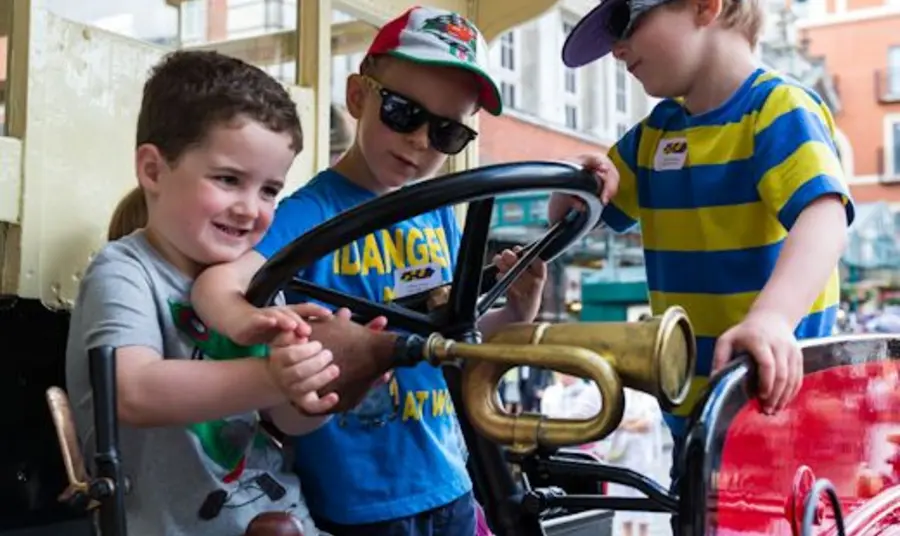
Heritage Grants
The B-type has a central place in the history of London transport. Built by the London General Omnibus Company (LGOC) at their Walthamstow works, it was the first example of bus standardisation and of a fleet made up of only one type of vehicle.
The bus has a unique association with the First World War. From 1914, over 1,000 B-types (nearly a third of the LGOC fleet), were commandeered for military service – transporting troops, often with their civilian London drivers and maintenance men, down to the trenches of the Western Front. These Battle Buses (a term given to a vehicle which transports troops to war and into combat and still in use with soldiers today) served until the end of the war.
While other restored B-types are accessible to the public, this is the only example to explicitly link the history of the bus to the wider heritage of the First World War. The fully operational B-type will wear the wartime livery of buses that served on the battlefields and will be used at centenary events and other outreach activities, and at LTM and partner sites to help tell the civilian story of the war, before joining the museum's permanent collection.
Sam Mullins, Director LTM, said: “The B-type bus is an important tribute to the civilian contribution made to the war effort during the First World War, at home and overseas. The project is a memorial not only to the bus drivers and their mechanics who worked on the front line, but also to those who stayed behind to provide a public transport service to millions of Londoners, often in extremely dangerous conditions as London came under attack from aerial bombardment for the first time.”